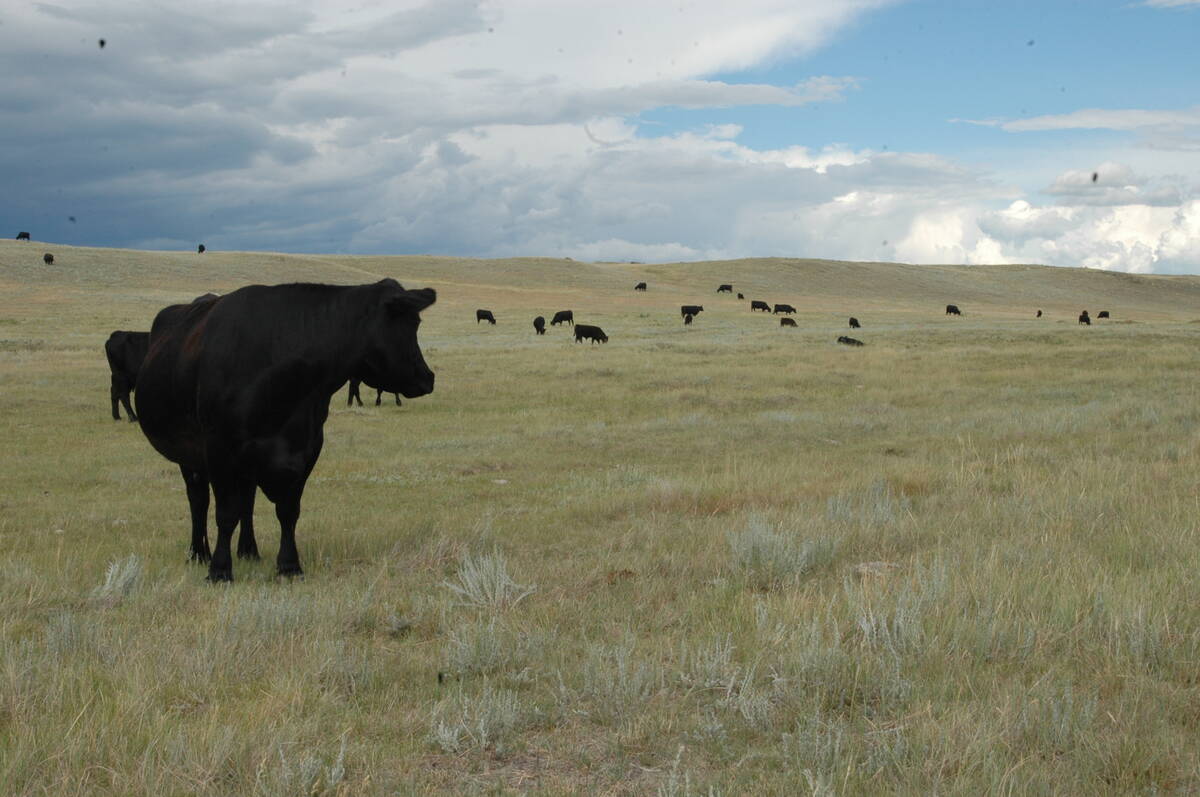The Saskatchewan Soil Conservation Association’s future is looking brighter, thanks to a $450,000 contribution from Monsanto.
The money will be provided over three years.
Coupled with an existing agreement with Saskatchewan Agriculture for $200,000 annually, the new money will allow SSCA to bring its field staff back to full-time employment.
The association was forced to scale back operations last year when the Canadian Adaptation and Rural Development Fund said it would no longer finance SSCA’s core operations.
Several SSCA positions were not filled and five field staff were put on two-thirds salary.
Read Also

Canadian Food Inspection Agency slammed for handling of bovine tuberculosis case
The federal government leans heavily on producers to “take one for the team” and risk their livelihoods without any reassurance of support.
“It is looking better, definitely, from where we were a year ago,” said SSCA president Don Kelsey.
He said Monsanto is a good fit with the association because glyphosate herbicides like Roundup are popular in direct seeding operations as a way to control weeds without tillage.
Monsanto’s funding will allow the association to resume its full activities and promote the minimum disturbance seeding concept in areas where it has yet to catch on.
“They are not actually defined areas,” Kelsey said.
“They might be only 10 to 15 miles apart. It is just a question possibly of farmers who don’t have the time to come out to information meetings because they are working off farm. It’s a matter of information transfer.”
Another key effort will be to provide information on how to switch to minimum disturbance and direct seeding without spending a lot on new equipment.
The association will also try to show farmers that there are immediate savings when switching to minimum disturbance farming.
“Fuel savings are definitely one that people are looking at.”
The association is close to announcing a contribution from an as-yet unnamed partner, Kelsey said.
Renewed interest in the association is partly credited to a higher profile for soil conservation in the last year thanks to the focus on greenhouse gases and the potential to reduce them by building carbon in the soil, he added.















